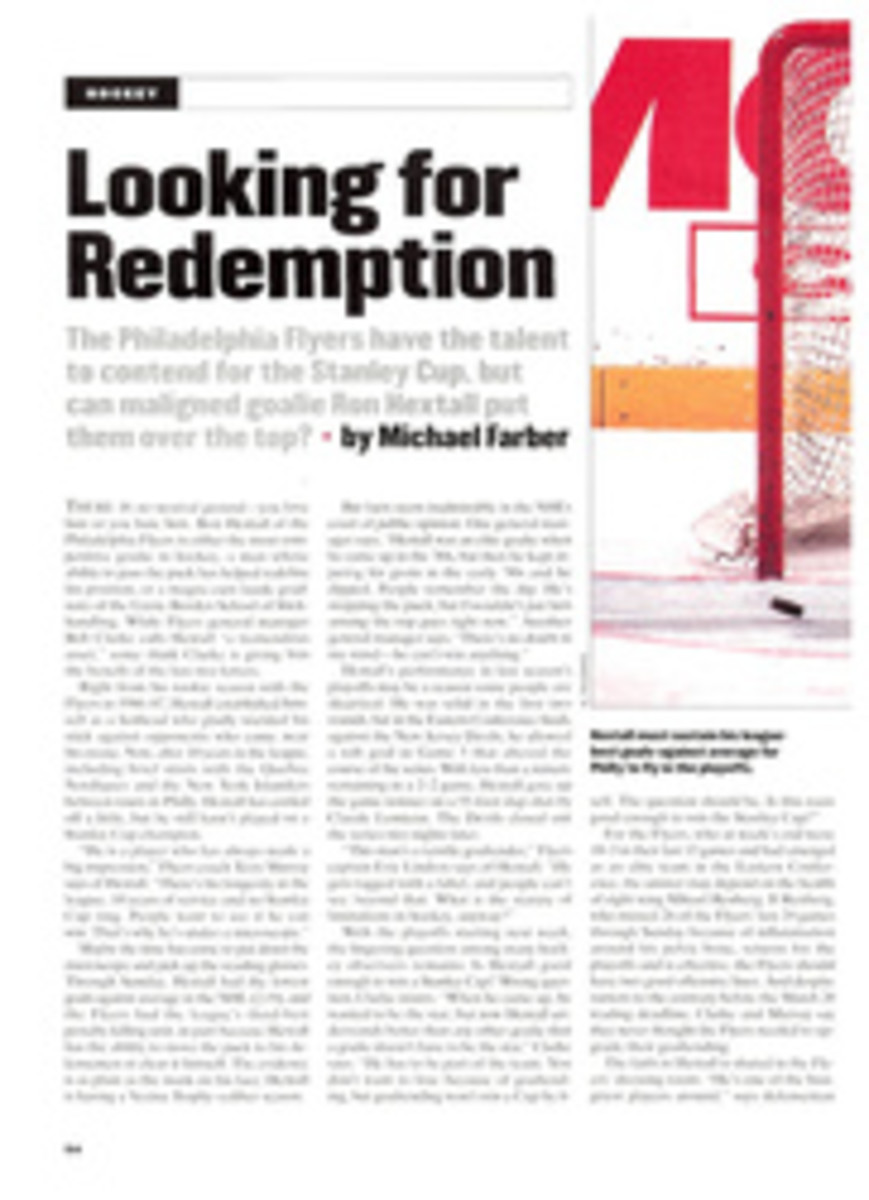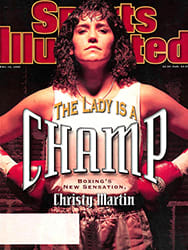
TURN OF THE CENTURY TWO NEW VOLUMES CELEBRATE THE FIRST 100 YEARS OF THE BOSTON MARATHON
CARE TO run the Boston Marathon on April 15? Might as well.
Seems as if everyone who ever laced up a running shoe will be in
Hopkinton that morning to celebrate the 100th running of the
great race. Riding the crest of this wave of enthusiasm are two
new books, Boston Marathon: 100 Years of Blood, Sweat, and
Cheers by Tom Derderian (Triumph Books, $19.95) and Boston: A
Century of Running by Hal Higdon (Rodale Press, $40).
The first volume is shaped somewhat like a gasoline-station road
map--about a foot long and four inches wide. Inside are panels
organized by towns through which the marathon passes: Hopkinton,
Ashland, etc. When you reach the final page, Natick, you simply
turn over the booklet (for that is what it really is) and read
your way from Wellesley to Boston.
The author, Derderian, is a former 2:19 marathoner. His book
contains 100 (get it?) vignettes from the Boston race, with
titles such as "The Day Billy Saved Alberto" (a dog attacked
Salazar, Rodgers shooed it away), "Politicians Run Too" (Michael
Dukakis once clocked a 3:31) and "Rosie Ruiz Pulls Fast One"
(surely you know). Peppered among these are trivia sidebars: For
instance, 275 stretchers and 500 boxes of sterilized gloves are
among the medical supplies gathered for the race. Finally, every
page contains two or more postage-stamp-sized photos of a wide
range of marathon-related subjects: starts, finishes, crowds,
landmarks.
Someone searching for a deeper understanding of the race should
read Boston, a coffee-table book illustrated with a marvelous
combination of vintage and modern photos, many from the personal
albums of participants, both famous and obscure. The text by
Higdon, also an accomplished marathoner, has 11 chapters, each
highlighting a personality or aspect of the race.
To wit: Clarence DeMar rates a whole chapter, as well he should.
The legendary runner won the marathon seven times, and at 54 he
was still finishing in less than three hours. But who knew that
as a boy DeMar sold apples on the street, that he earned a
Harvard degree, that he was a scoutmaster and a Sunday school
teacher, yet he was considered rude by many, possibly because he
was hard of hearing?
Higdon gives a fascinating account of the advent of women to the
race that includes the pioneers Roberta Gibb Bingay and Kathrine
Switzer and their battles with the track establishment. For
instance, in 1966, when Switzer asked a Syracuse coach if she
could try out for the university's cross-country team, she was
told to run the five-mile course that afternoon. When Switzer
left for the run, the coach said, "I guess I got rid of her."
One chapter is devoted to a stride-by-stride re-creation of the
1982 duel between Salazar and Dick Beardsley, which Salazar won
by two seconds. But the best descriptions of what it's like to
run Boston come, perhaps not surprisingly, from the late Dr.
George Sheehan, a cardiologist who ran his first marathon at age
45 and became a prolific writer and lecturer on the subject.
"It is a course that may be triumphed over but never defeated,"
Sheehan wrote. "Accept your limitations and with thought and
care, you will have a creditable race. But go for broke and
prepare to be broken." Sheehan's best time was 3:01. He thought
that with more work he might dip below three hours, but he opted
not to, musing, "What else would be left in life after you broke
three hours in the marathon?"
For this year's 100th race, anyone with a qualifying time will
be permitted to run. Inspired after reading this book, you may
wish you were on the starting line, too.
B/W PHOTO: AP In 1930, at age 41, the legendary DeMar beat the field in Boston for the seventh, and last, time. [Clarence DeMar running in race]

